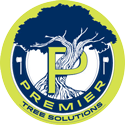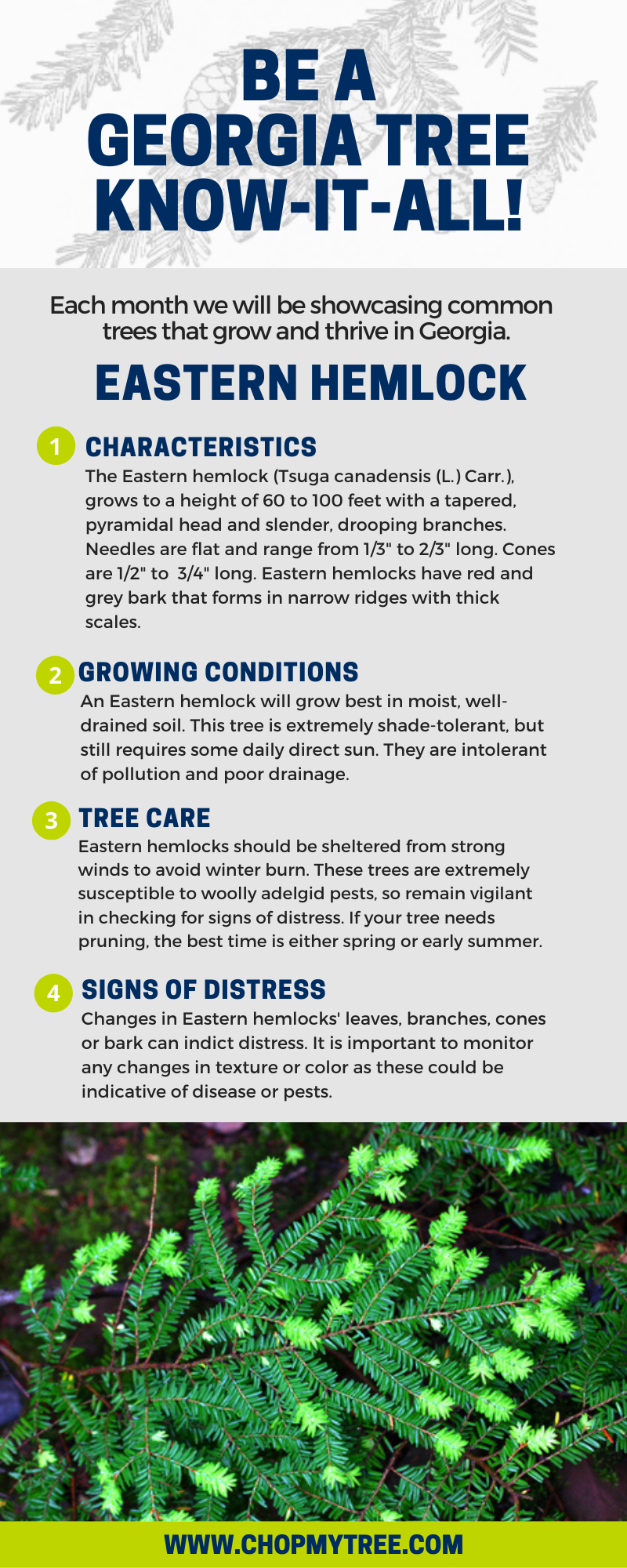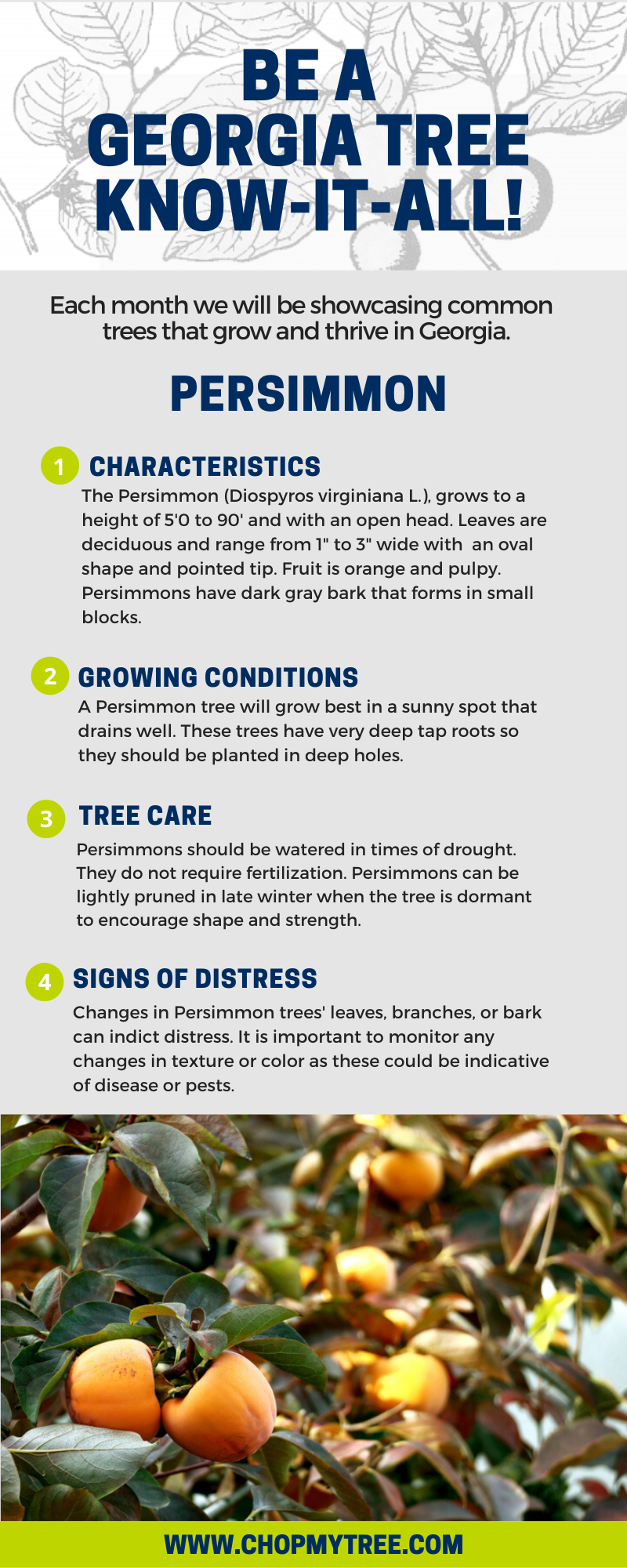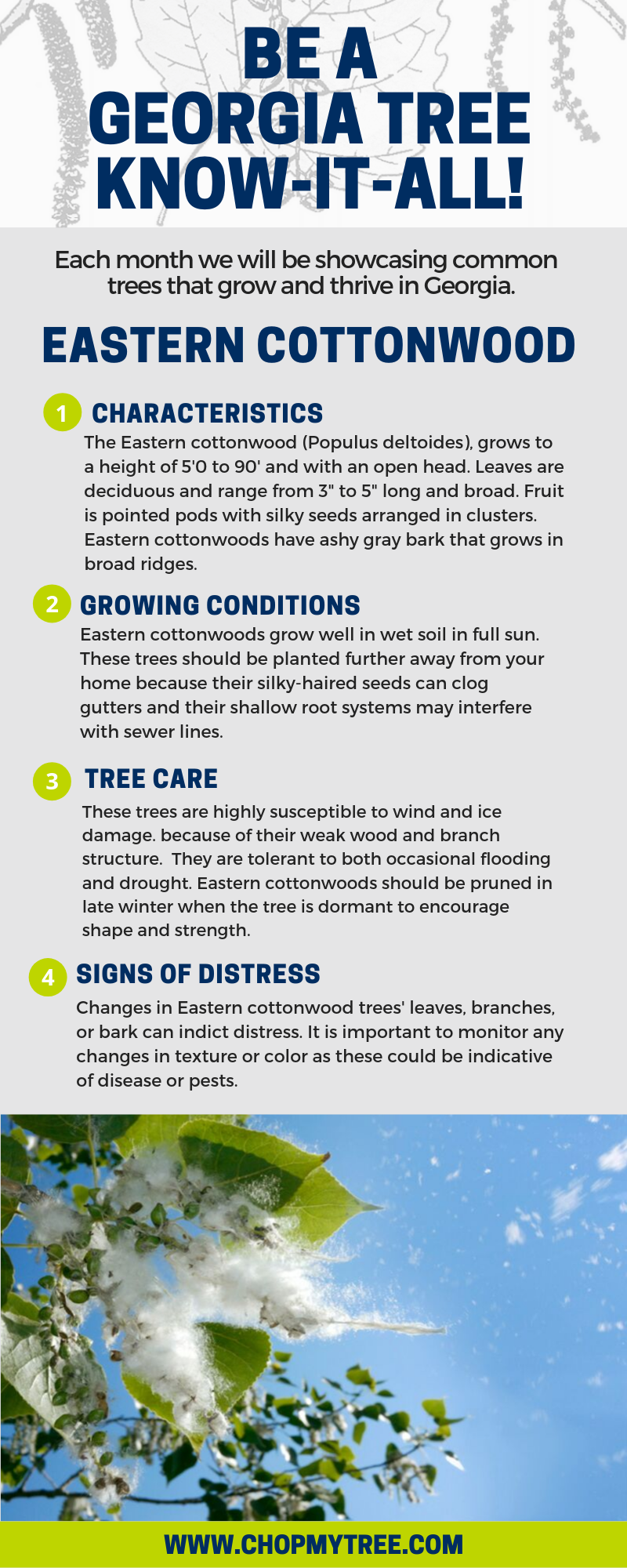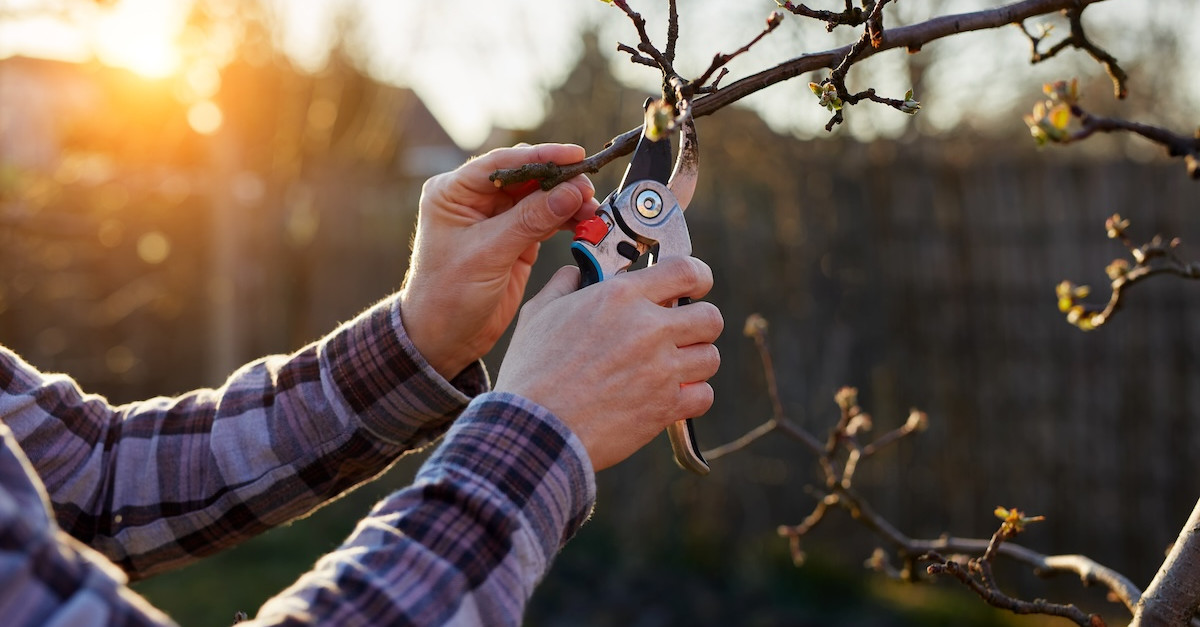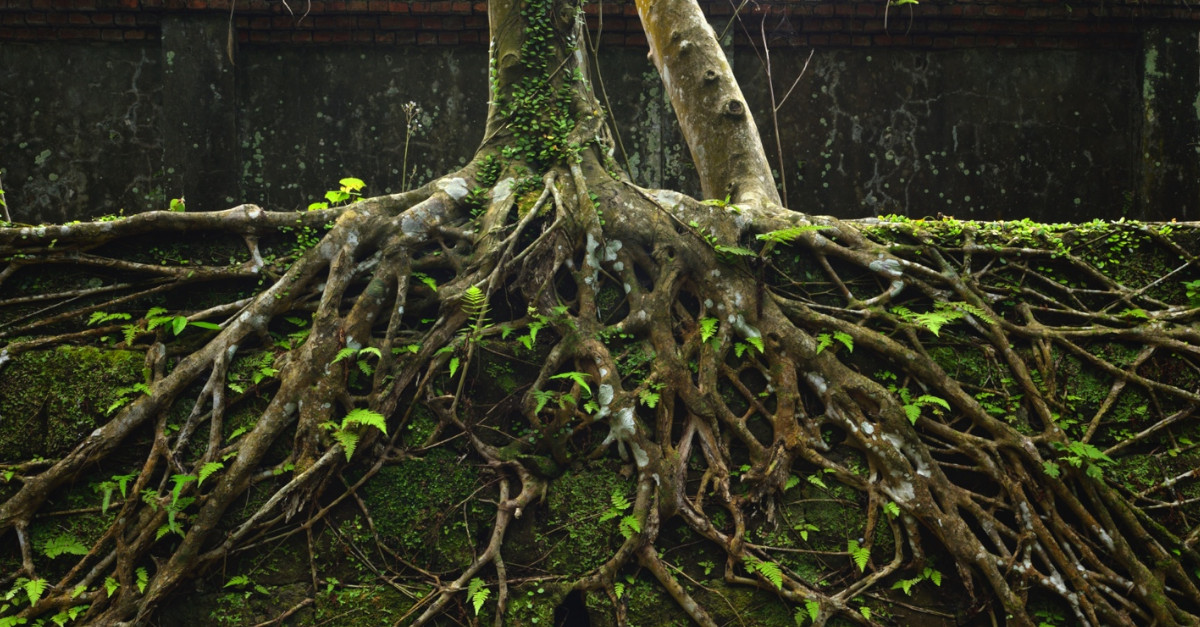All I Want Fir Christmas: How to Pick Out the Best Christmas Tree
It’s that time again! In case you couldn’t tell from the uptick in TV commercials, glistening lights outside, and people press-pressuring you for gift ideas, the holiday season is here. If you celebrate Christmas and don’t go for the plastic variety of this classic decoration, then it’s time for you to pick out your Christmas tree.
To help make the process easier for you this year, we’ve compiled the best tips and tricks for how to pick out the best Christmas tree that will keep you jolly all season long.
How to Pick the Best Tree of Them All
Don’t be overwhelmed when you walk onto the Christmas farm. Be ready for the trees you’ll face and have the confidence to know you’ll walk out with the perfect tree for your home.
- Before you even go to the farm, check online reviews for the place. Are there a lot of reviews of trees dying very quickly? Or do you know someone who had a fantastic positive experience from one farm? Start your picking journey off right by choosing a farm others found their perfect tree at.
- Also, measure. Don’t just measure the space you’ll put your tree to make sure you know what size you need, but also measure the size of your tree stand so you know you won’t have to do too much trunk trimming. Over trimming will ruin its ability to stay alive. Measure both of these twice, for good measure.
- Check out the branches. Grab any one of them and use your thumb and forefinger to pull the branch towards yourself gently. If a lot of those needles fall off with that small pressure, move on to a different option.
- Grab a few needles off the branches. Crush them in your hand and see if you can get a strong odor from them. If so, it’s fresh and might be a great pick. If not, the tree is past its time.
- One last test you can do at the tree farm is to bounce the tree itself. Pick it up a few inches off of the ground, you may need help for this, and then drop it. Let the tree bounce and see where the pine needles fall from. If the needles fall from closer to the trunk, this is normal. But if the needles fall from the end of the branches, then the tree is not a good pick.
You’ve Picked The Tree…Now What?
Take care of the beautiful pine standing in your home! Follow our guidelines here to keep your tree smelling fresh and looking gorgeous during the entire holiday season.
Premier Tree Solutions has been providing quality, professional tree services to the metro Atlanta and surrounding areas for more than ten years. If you would like our help with any of our services, including tree removal or stump grinding, click here to schedule an appointment with us or give us a call at 404-252-6448.
